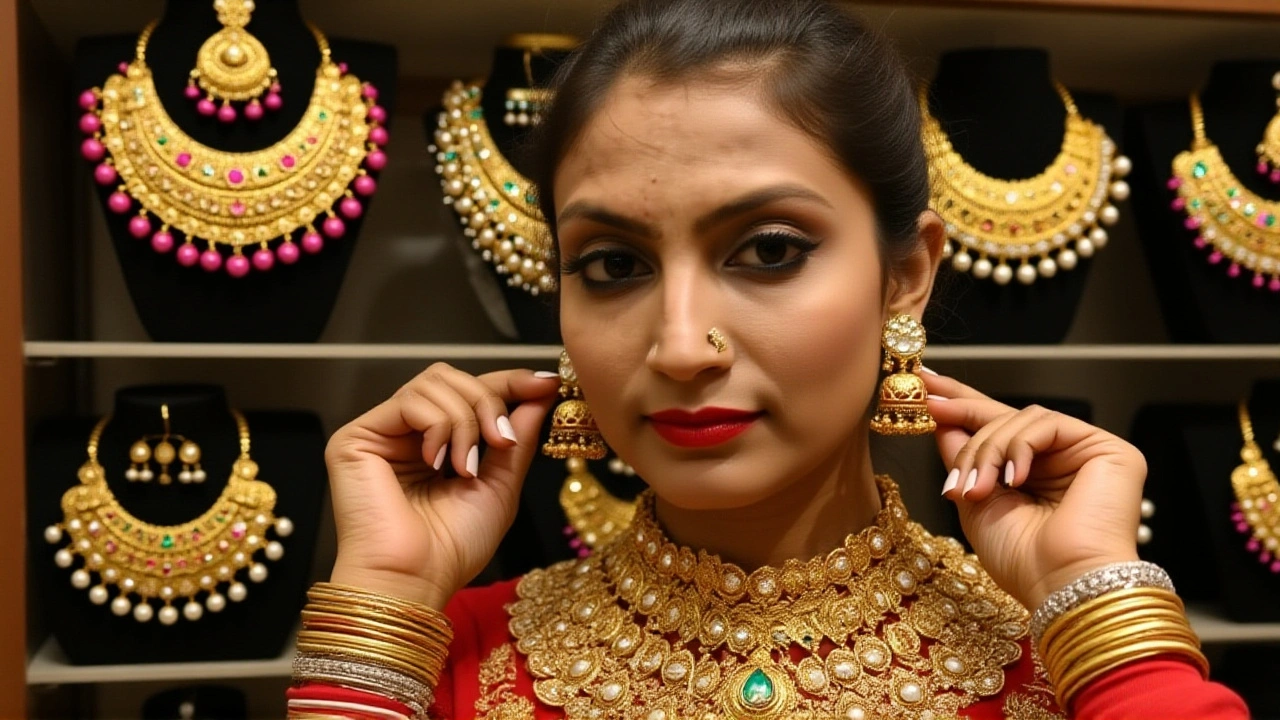Gold Spending: Trends, Drivers and What You Need to Know
When talking about gold spending, the amount of money people put into buying gold for jewelry, gifts, or as an investment. Also known as gold purchases, it reflects how households balance luxury desires with financial safety nets. Understanding this helps you see why a sudden rise in gold buying can signal broader economic shifts.
Consumer spending, the total outlay on goods and services by households is a direct driver of gold spending. When people feel confident about their jobs, they often allocate a slice of their discretionary budget to high‑value items like gold jewellery. For example, a middle‑class family may spend 2‑3 % of its monthly budget on gold during festive seasons, while a higher‑income group might push that figure to 5 % for bespoke pieces. This link shows that tracking consumer confidence gives you a preview of future gold demand.
Inflation, the general rise in prices that erodes purchasing power plays a crucial role, too. As prices climb, gold often shines as a hedge. In years when inflation exceeds 5 %, data from the South African Reserve Bank shows gold spending spikes by up to 12 % compared with the previous year. The semantic triple here is: Inflation pressures boost gold investment, which in turn lifts overall gold spending. Knowing this helps you decide whether to treat gold as a safe‑hold or a luxury expense.
Precious metals, a category that includes gold, silver, platinum and palladium provide context for gold spending within the wider market. While gold dominates the segment, shifts in silver price or a surge in platinum demand can divert some buyer interest. For instance, when platinum prices plunge, investors may pivot to gold, increasing its spending share from 70 % to nearly 80 % of the precious‑metal market. This relationship illustrates that gold spending encompasses not just direct purchases but also the strategic reallocation of funds across metal assets.
What Drives Gold Spending Today?
The current landscape blends cultural traditions, economic uncertainty, and new investment platforms. In South Africa, cultural events like the 18‑day wedding celebration still drive a burst of gold jewellery purchases—an example of the attribute “cultural significance” with the value “high”. Meanwhile, digital gold accounts let younger consumers buy fractions of a gram online, expanding the attribute “accessibility” and the value “low entry barrier”. Both factors show that gold spending requires a mix of emotional appeal and practical tools.
Another key attribute is “price volatility”. When gold prices swing more than 10 % in six months, buyers often time their purchases to lock in lower rates, which can temporarily dip spending figures. Conversely, a steady upward trend encourages steady‑state buying, keeping gold spending at a consistent 4 % of total luxury expenditure. Understanding this attribute‑value pair helps you anticipate market cycles and plan purchases accordingly.
At the macro level, government policies such as import duties on gold affect final prices for consumers. A 5 % duty introduced last quarter added roughly R750 to a 10‑gram gold chain, nudging some buyers toward smaller pieces but also prompting a rise in gold‑backed savings accounts as a workaround. This demonstrates how policy changes tie directly into consumer behaviour, shaping the overall gold spending pattern.
Finally, the rise of fintech wallets that let you convert cash into gold instantly blurs the line between spending and investing. Users can click ‘buy gold’ during a video call and have the metal stored in a secure vault, meaning the act of spending becomes an investment decision in one step. This convergence of attributes—“instant conversion” and “secure storage”—creates a new value proposition that fuels higher gold spending among tech‑savvy shoppers.
All these pieces—consumer confidence, inflation pressure, precious‑metal market dynamics, cultural rituals, policy shifts, and fintech innovation—interlock to shape today’s gold spending landscape. Below you’ll find a curated set of articles that dive deeper into each of these drivers, giving you practical insights you can apply right now.
Gold rush fuels Rs 1 lakh crore Dhanteras spend despite record prices
India's Dhanteras 2025 saw a record Rs 1 lakh crore spend, with gold sales soaring despite 65% price hikes, fueled by cultural tradition and investment demand.
More
